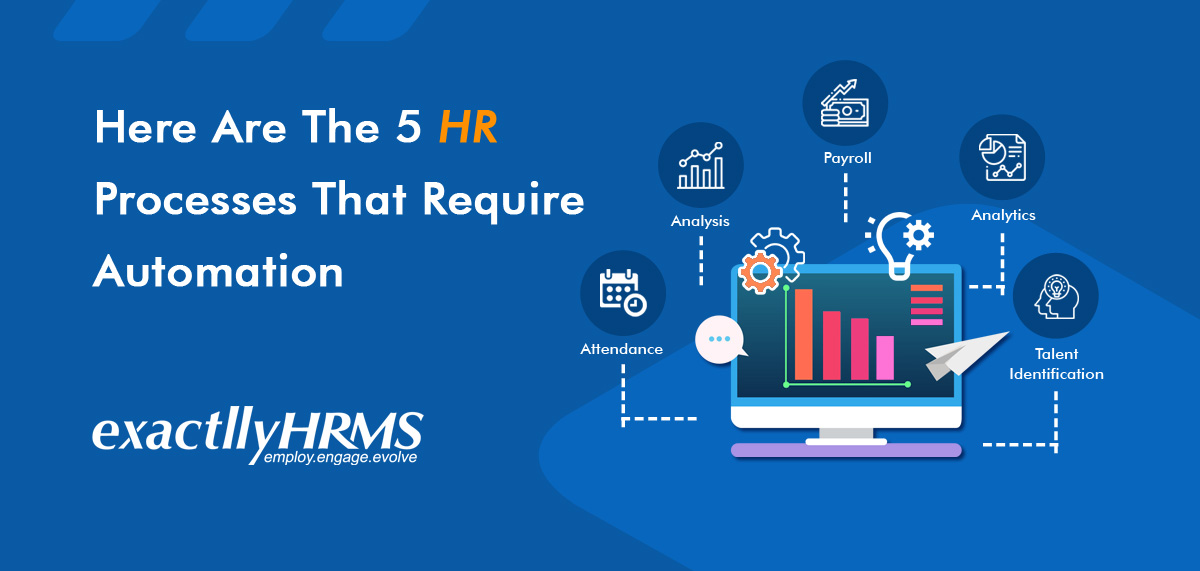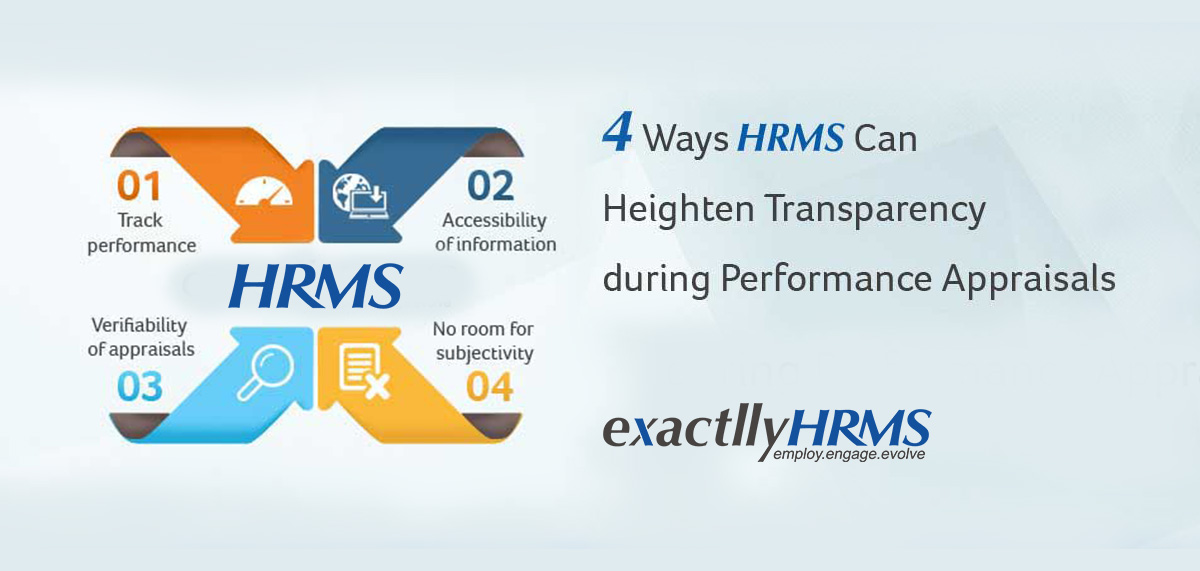5 Benefits of Having an Employee Handbook

A handbook is an avenue for your organization to improve its relationship with your employees. Besides conferring the rules and regulations, it helps the employees to get closer to your organization. By reading it, they know what is expected out of them. A good handbook is one that answers frequently asked questions and covers all organizational codes and policies. Moreover, electronically integrating an employee handbook with the help of an HRMS makes it all the more valuable.
Let us briefly discuss the benefits of having an Employee Handbook:
-
Communication Tool –
Handbook gives an opportunity to employers to communicate with employees. It can clearly state the expectations of employment from every employee in general and position-specific requirements in addition to universal expectations. It covers company policies, procedures and employee benefits so that there is no confusion in the minds of the employees. As a written communication tool acknowledged by all employees, serves as proof of awareness of company policies. It also states distinctly the consequences of breach of rules and deviation from standard protocol.
-
Enforce Company Policies –
A new employee should not find it difficult to understand your company policies. It is quite possible that the employee who joined your organization from an organization with a completely different employee protocol resists the new policies. Employees found disobeying company policies are told to consult the employee handbook for recourse. If they still engage in violation, disciplinary counselling is conducted where the handbook serves as a bible. In such a scenario, employees can’t justify their actions and are forced to stick to what is stated in the handbook.
-
Proclaim Disclaimers –
A handbook must contain disclaimers stating clearly that the company has no obligation of keeping the employee if the employee is not performing well. Employees can’t make any claim of employment after they are asked to leave. Certain disclaimers commonly used by companies are: it is mandatory to abide by all policies and codes mentioned in the handbook; the aforementioned policies are subject to change and so on. Policy implementation and amendments become much easier for employers by inserting disclaimers in the handbook.
-
Legal Authority –
The policies stated in the handbook establish that the company follows laws of employment by being fair to all the employees irrespective of their gender, colour, or cultural differentiation. Any employee found discriminating against his/her fellow employees will have to face legal consequences. It also ascertains that the company does not venture into and has no intentions of venturing into unfair business and trade practices. Any employee misusing the company name and indulging in such practices is liable for action under the law.
-
Reference Guide –
The employee handbook serves as a reference guide for both the employee and the employer. It helps in eliminating confusion and unreasonable expectations from both parties. Furthermore, employees can refer to it whenever they want to thereby reducing frequent contact with the HR department to seek information.
An Employee Handbook is an Employer’s Baton:
To sum up, the employee handbook, under no circumstances, should be taken non-seriously. Invest a fair amount of time taking feedback from your senior managers from all departments to draft the handbook. Get it approved by your lawyer. Refrain from using a negative tone. It should simply talk about policies, procedures, employee benefits, employee expectations and standard code of conduct. Insert disclaimers wherever required and do not publish any statement that can be misconstrued or misused by any employee. It should rather help you in winning unemployment claims and lawsuits filed by former employees. exactllyHRMS is one of the leading software providers. To know more feel free to Contact Us and get a Free Demo.






